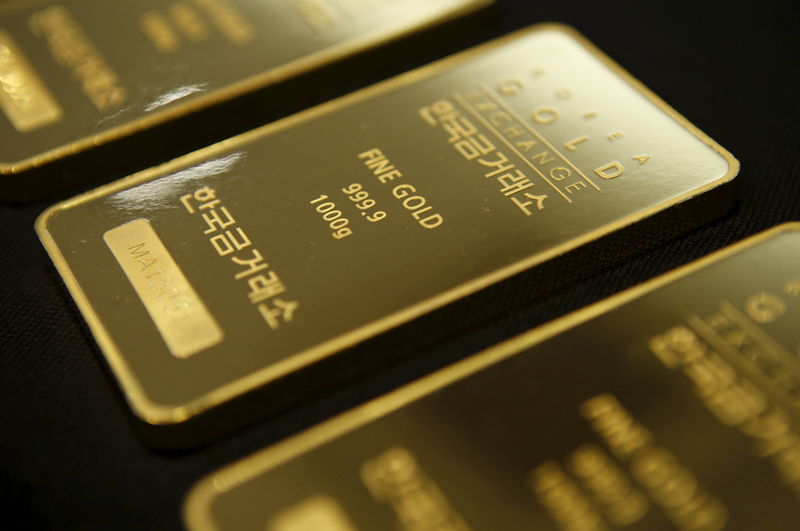By Ambar Warrick
Investing.com — Gold prices fell on Thursday as easing fears of a banking crisis sapped the gold metal of safe haven demand, while the dollar also recovered amid a resurgence in bets that the Federal Reserve will keep raising interest rates.
The yellow metal extended losses into a second consecutive day, pulling back further from the $2,000 level as signs of stability in the banking sector saw investors reassess concerns over an imminent economic crisis.
Reassurances by regulators that the U.S. banking system was stable, coupled with no negative developments in the sector in the past two weeks saw risk appetite slowly return to markets, costing gold some of its safe haven appeal.
fell 0.3% to $1,959.12 an ounce, while fell 0.4% to $1,976.45 an ounce by 22:23 ET (02:23 GMT). Both instruments lost about 0.5% on Wednesday.
A recovery in the dollar and rising Treasury yields also pressured gold prices, as easing fears of a banking crisis saw traders pricing in a greater potential for more interest rate hikes by the in the near-term.
Regulators attributed the recent collapse of several U.S. banks to poor risk management, and that the overall banking system remained resilient. This is expected to give the Fed more economic headroom to keep raising rates, as the bank continues to move against inflation.
The rose 0.1% against a basket of currencies in Asian trade, and had also logged small gains on Wednesday, further pressuring gold prices. A recovery in Treasury yields also weighed.
But the greenback was nursing steep losses for March, while yields were trading well below annual highs as investors questioned just how much further the Fed could keep raising rates. Gold was still trading about $120 away from a 2020 record high, given that the prospect of any pauses in the Fed’s rate hikes bodes well for non-yielding assets.
Other precious metals retreated on Thursday, with down 0.4%, while fell 0.1%.
Among industrial metals, fell 0.4% to $4.0682 a pound in anticipation of key Chinese business activity data on Friday.
and sector activity is expected to have cooled in March, as a post-COVID economic boom ran out of steam. This could bode poorly for demand in the world’s largest copper importer.
Read the full article here










